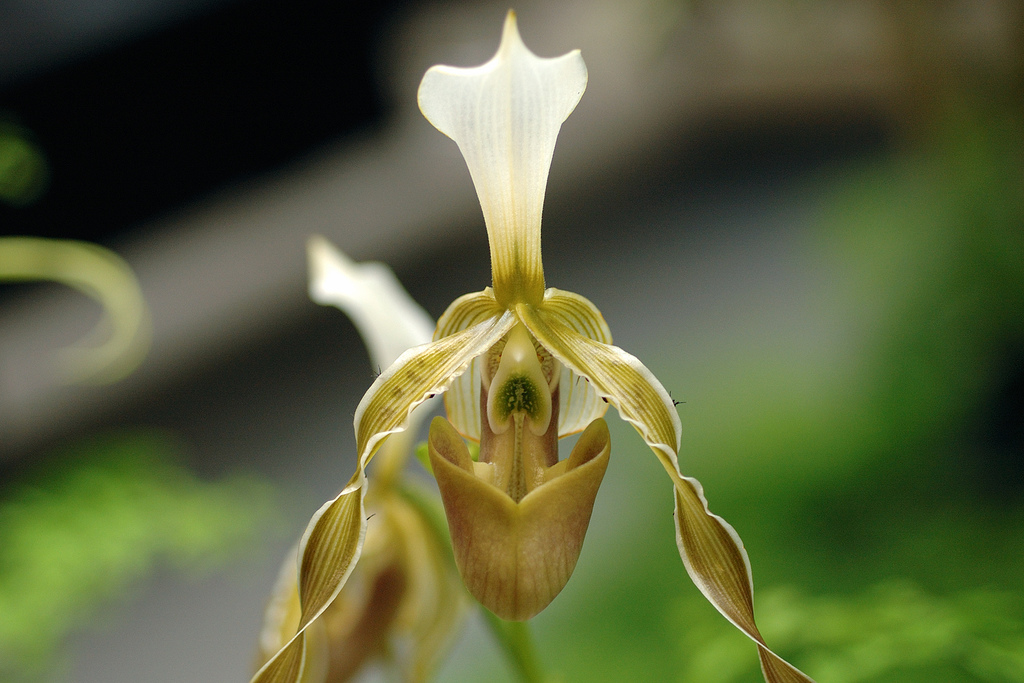Today I'm just showing you how much Arne works to keep his orchid hobby going.
Here's some photos of his orchidarium in our basement. He has two and both with their own timers for lights. Anthony likes to keep him company because it is quite cool in there.
Orchidariums up close. Arne has them in the corner of the basement right next to the electrical outlet. We hope to expand the tool bench and buy another orchidarium. This blog is encouraging him to buy more orchids. I guess I'm partly to blame!
 |
| Arne uses my upstairs bathroom to water his orchids, those he hangs in our study window. |
 |
| He waters them like this. He makes sure the water runs out and he allows the remaining water to drip off before hanging the orchid back. |
Yes, this is how it has been living with Arne and his orchid collection. He just bought another Cochlioda rosea and it came yesterday. I will keep you posted when it starts to bloom. I am actually excited because many of his orchids are budding already! I have taken pictures of those budding orchids and waiting for them to bloom. There will be more beautiful posts to come!



























.JPG)









